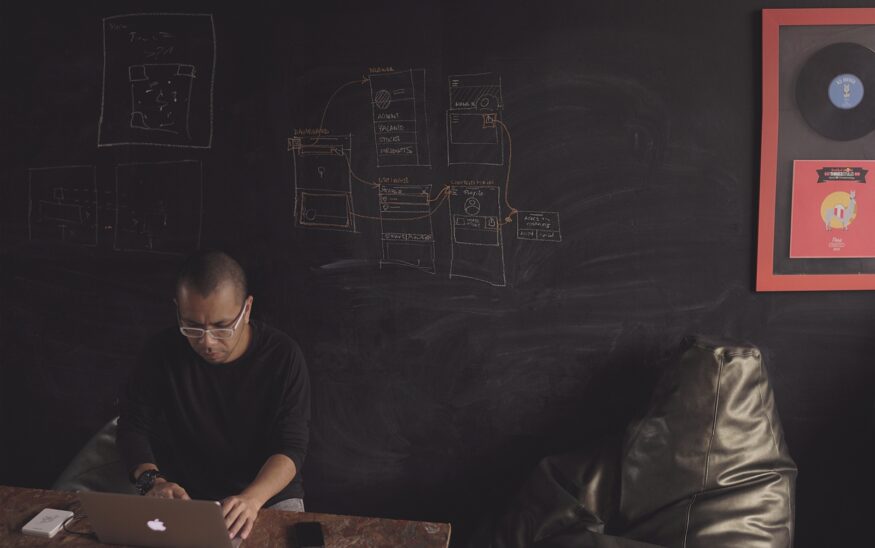Design Thinking: Do What Only You Can Do
Prioritizing resources for maximum benefit of the team
Joe Hark //August 7, 2018//


Design Thinking: Do What Only You Can Do
Prioritizing resources for maximum benefit of the team
Joe Hark //August 7, 2018//

A founder necessarily is a Jack or Jill of all trades – leader, innovator, communicator, fundraiser, marketer, strategist, product evaluator and improvement expert, logistics coordinator and human resource lead.
As a company grows, functions become too broad for a single individual or small team to handle and many companies struggle to effectively use their most critical resources – the people on the team. One way to help with this is to ensure folks are focused on their unique contributions to the organization … not to the exclusion of helping others, but to ensure all tasks can be accomplished.
As a military leader, I encouraged my folks to prioritize when confronted with numerous tasks by remembering to "do what only they could do." This means if you have five people on an Explosive Ordnance Disposal (EOD) Team who can sweep an area on foot but only one of those is qualified to control the EOD robot, then that person needs to control the robot while the others are sweeping the area on foot. It wouldn’t make sense to have five people sweeping the area on foot while the robot sits unused. Important: This is NOT about “only” doing what you can do and leaving everything else to others … it’s about prioritizing resources for maximum benefit of the team.
This adage applies to all kinds of groups, including military organizations, sports teams, startups and families. Ryan Harris, former Denver Bronco player and Super Bowl 50 Champion remarks that Peyton Manning didn’t just spend a lot of time working on his blocking technique – because that’s not the “thing only he could do” and it just wouldn’t have made sense.
Conversely, Harris – as an offensive lineman – didn’t spend a lot of time working on his passing prowess, either. We get the point of concentrating on your role and unique contributions when looking at a sports team and it’s the same for families, businesses and other organizations. In our family, my wife and I can both prepare dinner, but only one of us is really qualified to help the 8th grader with his science homework. So, it makes the most sense for her to devote time to helping with homework while I cook dinner when there’s homework assistance needed.
“Doing what only you can do” also enables us to develop even deeper expertise and insight into our respective interest areas. Then, when you take that increased expertise in each team member and combine them, the organization can achieve outstanding success.
I see in this maxim a tie to a core aspect of Design Thinking – bringing stakeholders together to provide their unique perspectives and skills when innovating around a challenge. When we do a design event, we are asking people to set aside the myriad of tasks they typically have on their plates to bring their unique skills and insights to bear on a challenge or opportunity presented to the larger organization. In other words, we are asking them to “do what only they can do" during the process. When people bring their individual perspectives – as customers, inventors, coders, process owners, engineers, logistics coordinators or operators – together to address a challenge, we see the richness of ideation that comes from the Design Thinking iterative cycle of divergent and convergent thinking. When each participant is able to frame ideas and concerns within a particular expertise so that others can understand it, the entire team benefits. In contrast, when innovation remains the sole provenance of a small group, especially one with similar experience and perspectives, innovation is usually limited to small variations from the status quo.
Where are the unique perspectives that can inform your organization? Are they represented in innovation initiatives? If not, perhaps it's time to bring your stakeholders together to "only do what only they can do" – bring their expertise to your challenge.
Joe "Hark" Herold is the CEO of DesignThinkingDenver. He served 28 years in the United States Air Force and now works with organizations of all types to help them achieve their mission and vision … better. This is part of a series Herold is putting together on Design Thinking for ColoradoBiz.
























